Strength in Numbers: Working Together to Understand, Protect, and Restore the Rare Plants of California’s Channel Islands
California’s Channel Islands have been described as the Galapagos of North America. Situated across the Santa Barbara Channel from mainland California, the eight-island archipelago supports a rich diversity of flora and fauna. More than 10% of the islands’ flora (>100 taxa) are endemic to the Channel Islands – that is, they are found nowhere else. Dozens of endemic animal species also call the islands home.
Unfortunately, the islands were subjected to nearly two centuries of human-caused disturbance, which led to the extinction of some species and threatened the persistence of others. Perhaps most notable were the impacts from introduced animals such as cattle, deer, pigs and sheep, whose grazing and trampling dramatically altered the landscapes of the islands. Fortunately, these herbivores have been removed from all but one island over the last few decades and the islands’ landscapes are in a period of recovery. Some plants are rebounding more quickly than others, but the overall positive trajectory of the archipelago as a whole has created an opportunity to update the status of rare plants on the islands and to implement recovery actions to help bolster their numbers and increase their resiliency. Our team at the Santa Barbara Botanic Garden and our partners are working hard to take advantage of this opportunity.
Spring 2019 marked the inauguration of an ambitious project designed to advance the conservation and recovery of 14 listed plants on seven of the eight California Channel Islands. With funding from the US Fish & Wildlife Service’s Section 6 grant program, a team led by the Santa Barbara Botanic Garden and comprised of island owner/managers (the Catalina Island Conservancy, Channel Islands National Park, The Nature Conservancy and the US Navy) and conservation and research organizations (California Institute of Environmental Studies, the US Geological Survey and Wildlands Conservation Science), set out to relocate historic populations of rare plants and to begin implementing recovery actions for these imperiled plants. The size of the collaboration gives us the strength in numbers needed to think and act big. Over the next three years, we will conduct surveys and monitor known populations; make conservation seed collections; conduct research; propagate plants from seeds and cuttings; and implement seeding and outplanting projects on the islands. Survey and monitoring data will provide valuable information for updating the status of each species, while the other actions are designed to advance their conservation and recovery.
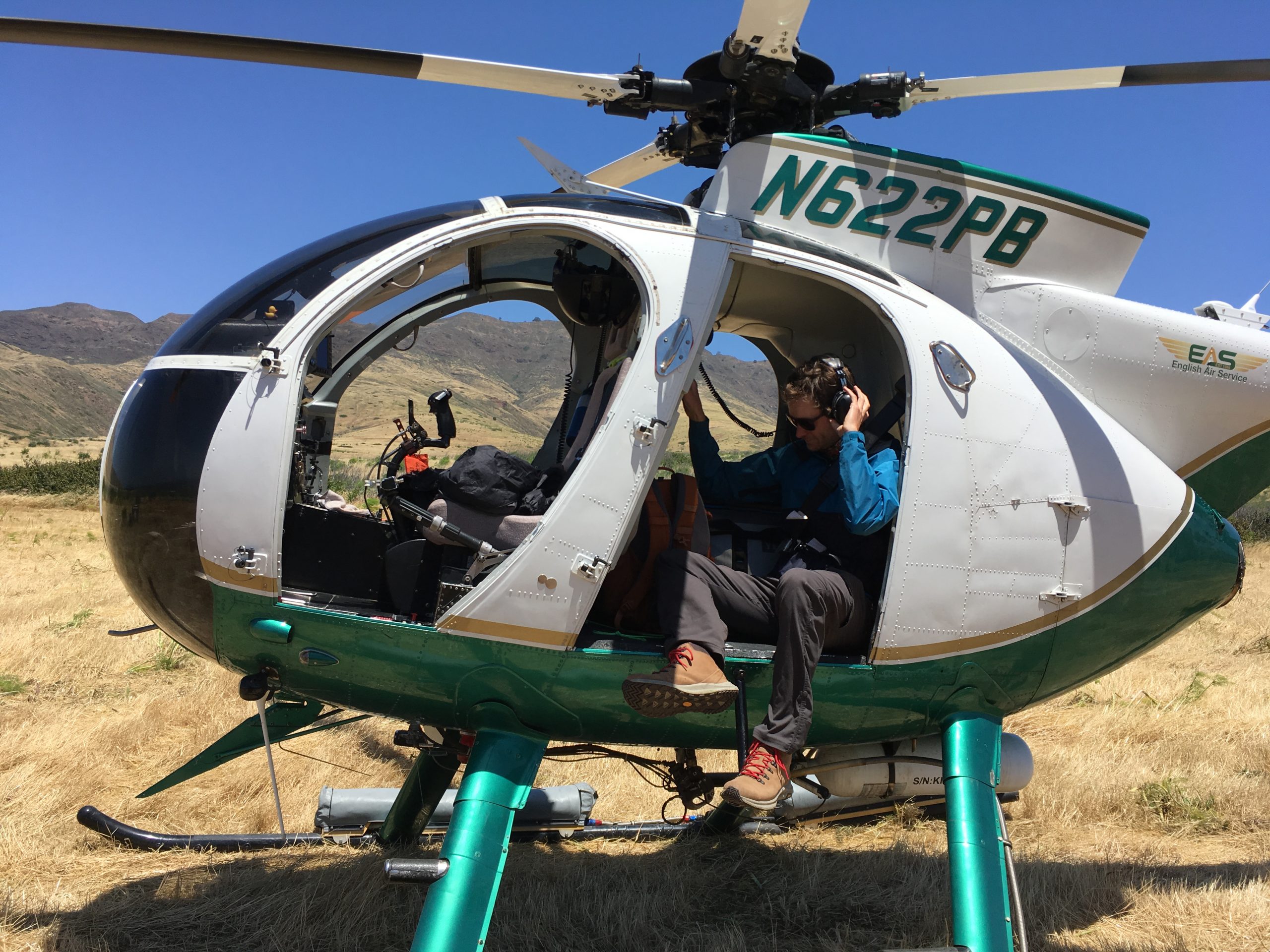
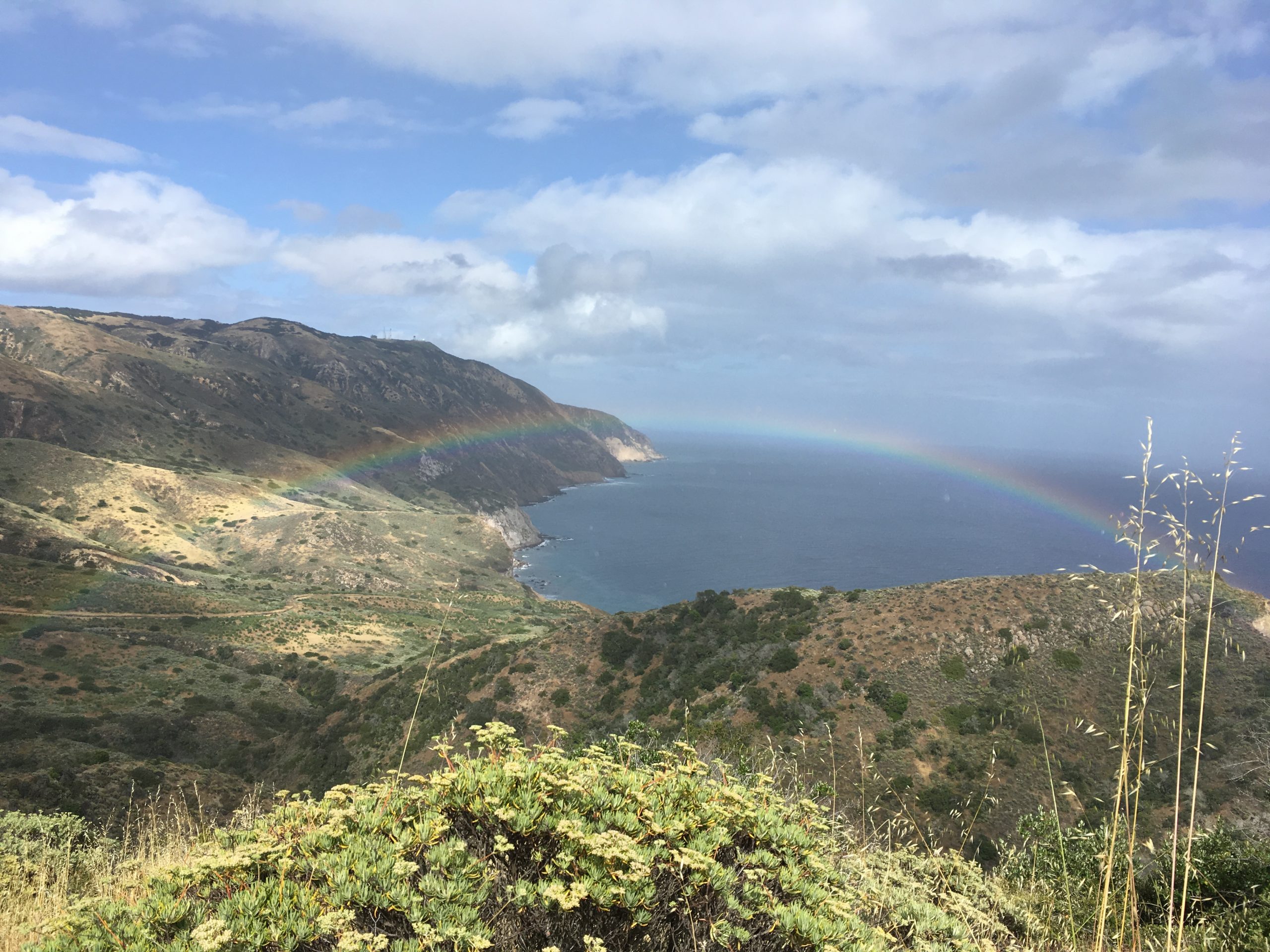
To achieve such ambitious goals on a short timeline, we needed to think outside of the box and utilize innovative tools and novel approaches to surveys and mapping. This meant developing and adopting a new, standardized protocol for all rare plant surveys across the archipelago and employing a helicopter to increase the efficiency of our surveys. The helicopter not only allowed us to cut down on driving and hiking time, but it also provided the opportunity to scout for our focal species (and potential habitat) aerially while en route to the next drop-off point. In May, a subset of the collaborative group including our team from the Santa Barbara Botanic Garden, as well as The Nature Conservancy and Wildlands Conservation Science, spent several days on Santa Cruz Island revisiting, surveying, and mapping historic populations of four focal plants: island barberry, Hoffmann’s rockcress, island rush-rose, and Santa Cruz island cliff aster (Berberis pinnata ssp. insularis, Boechera hoffmannii, Crocanthemum greenei and Malacothrix indecora). In July, traveling on foot over four days, we mapped Santa Cruz Island dudleya (Dudleya nesiotica). Concurrent with both efforts, we made conservation seed collections and collected tissue samples for genetics studies. Meanwhile, other partners were conducting surveys, collecting seeds and outplanting island-grown plants on Santa Barbara, San Miguel, and Santa Rosa Islands.

The abundant rains and long, cool spring of 2018/2019 created the perfect conditions for finding rare plants on the islands – coaxing seeds to germinate en masse and allowing flowers to persist for longer than usual. All told, our collective effort resulted in the doubling of known populations for some species and an increase in numbers by an order of magnitude for others. The information we gathered this year has changed our understanding of where some of these plants grow and redefined where we will look for them in the future, as we found them occupying new areas of the islands and in habitat types with which they were not previously associated. As the season winds down, we’re turning our attention to seed cleaning and curation, data management, and preparing for nursery propagation. Over the next two years, we will gain insights into propagation and outplanting methods for these species as we work toward improving resiliency and redundancy across the islands.
While three years will not be enough to fully recover any one of the rare plants tackled with this grant, this collective effort will go a long way in providing data to state and federal agencies while also laying the groundwork for further conservation and restoration efforts. Channel Islands National Park has already doubled down on this work by awarding three additional years of funding for follow-up surveys, seed collections, and restoration maintenance. By working together across multiple islands, we’re able to give these rare plants a big push forward and help them gain much needed ground on their path to recovery. When it comes to conservation, we are undoubtedly stronger in numbers.
-
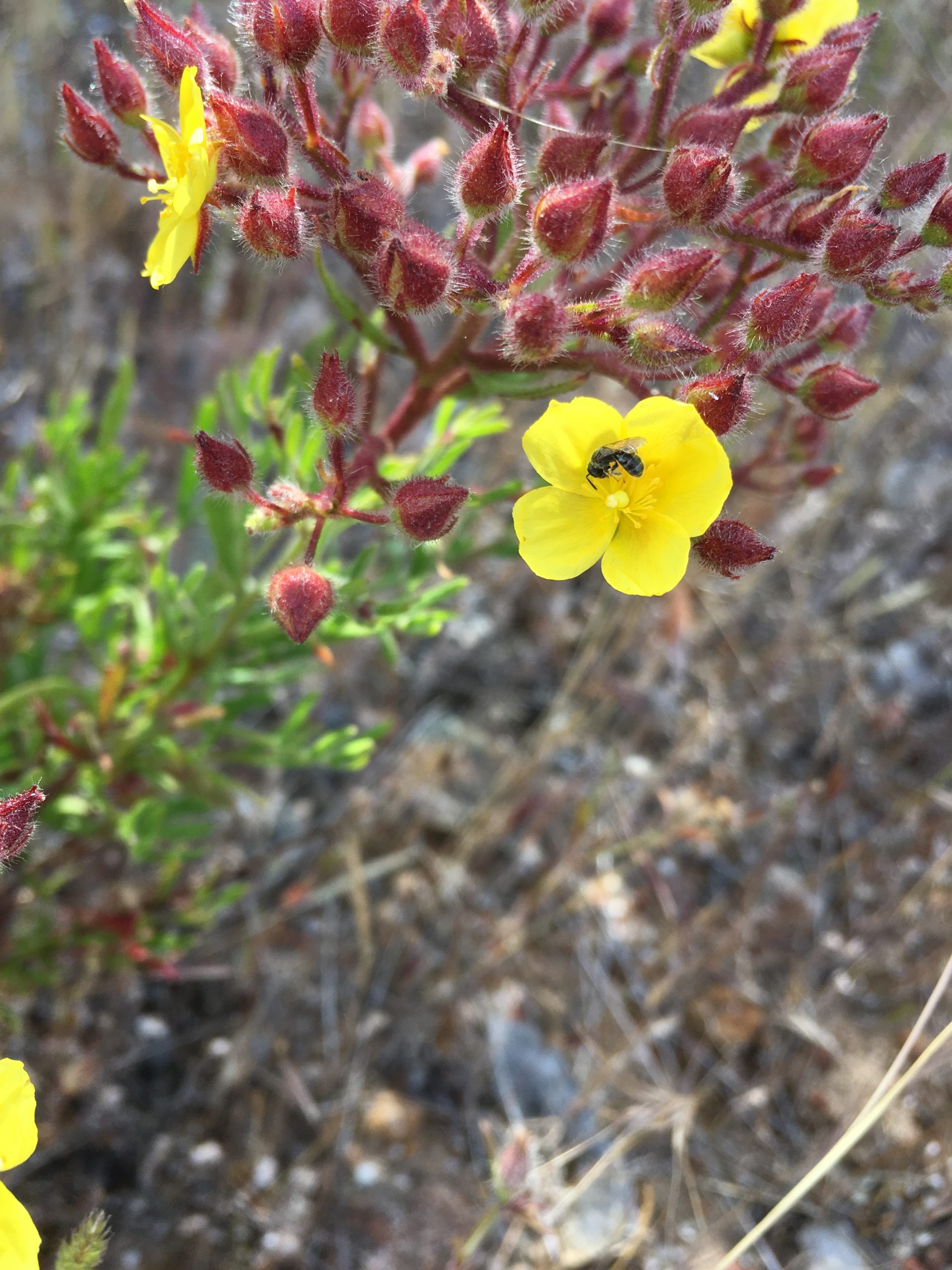
Island rush-rose (Crocanthemum greenei) is a federally threatened shrub that is endemic to the Channel Islands. -
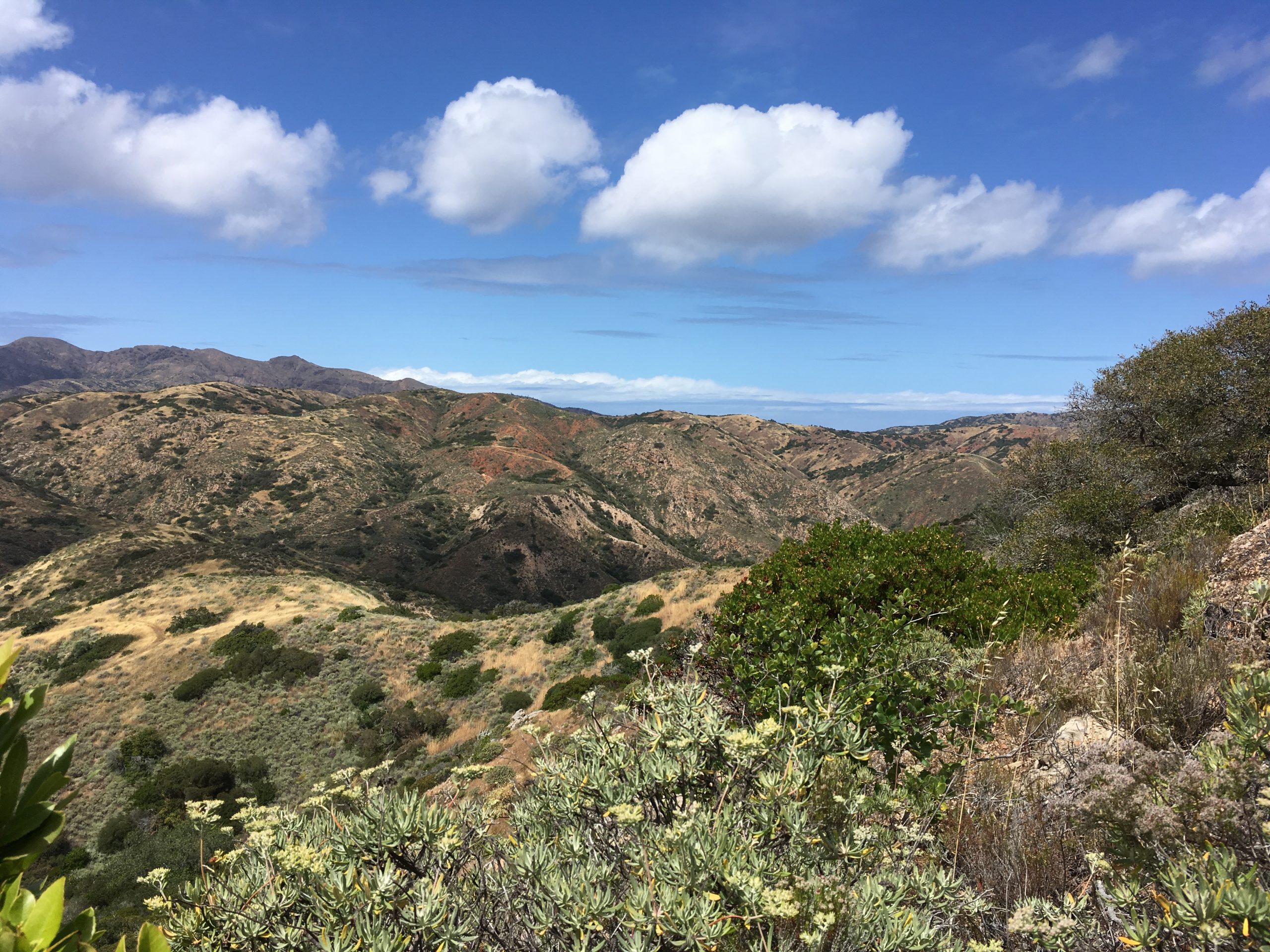
Santa Cruz Island is the largest and most diverse of the Channel Islands, with habitats ranging from coastal terraces to native shrublands to pine forests. -
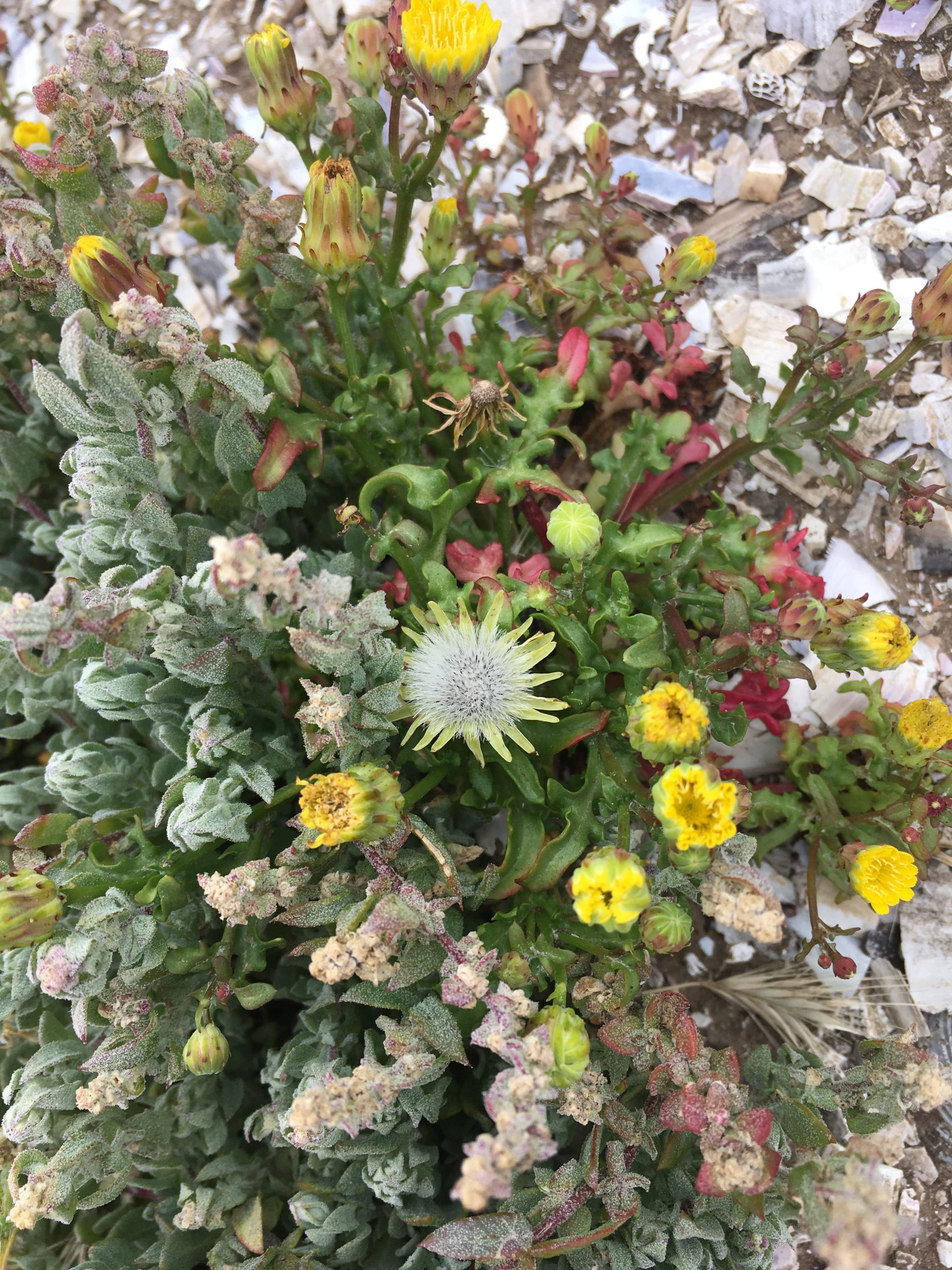
Santa Cruz Island cliff aster (Malacothrix indecora) is a federally endangered annual with an affinity for coastal habitat.
All photos by Heather Schneider, courtesy of Santa Barbara Botanic Garden.